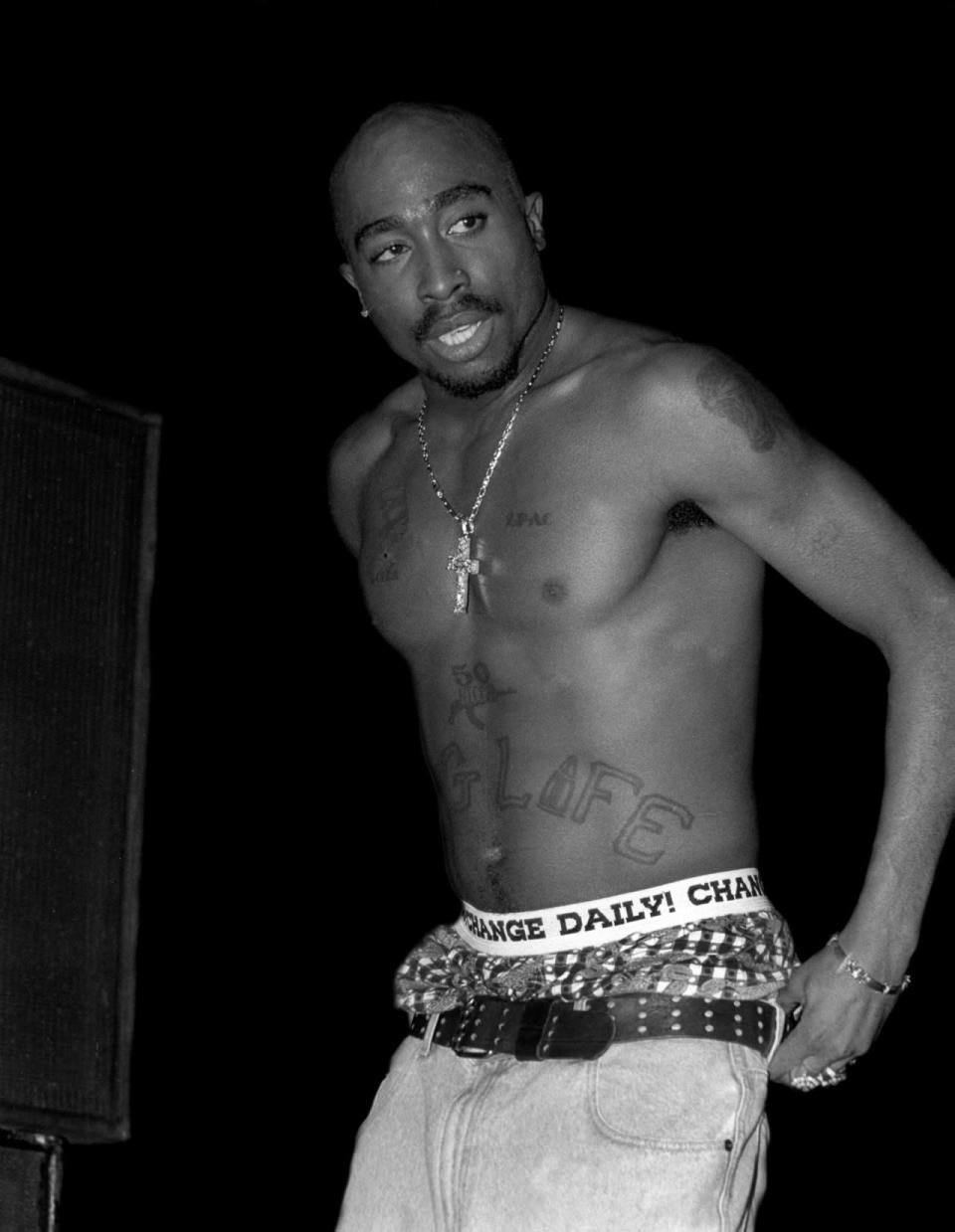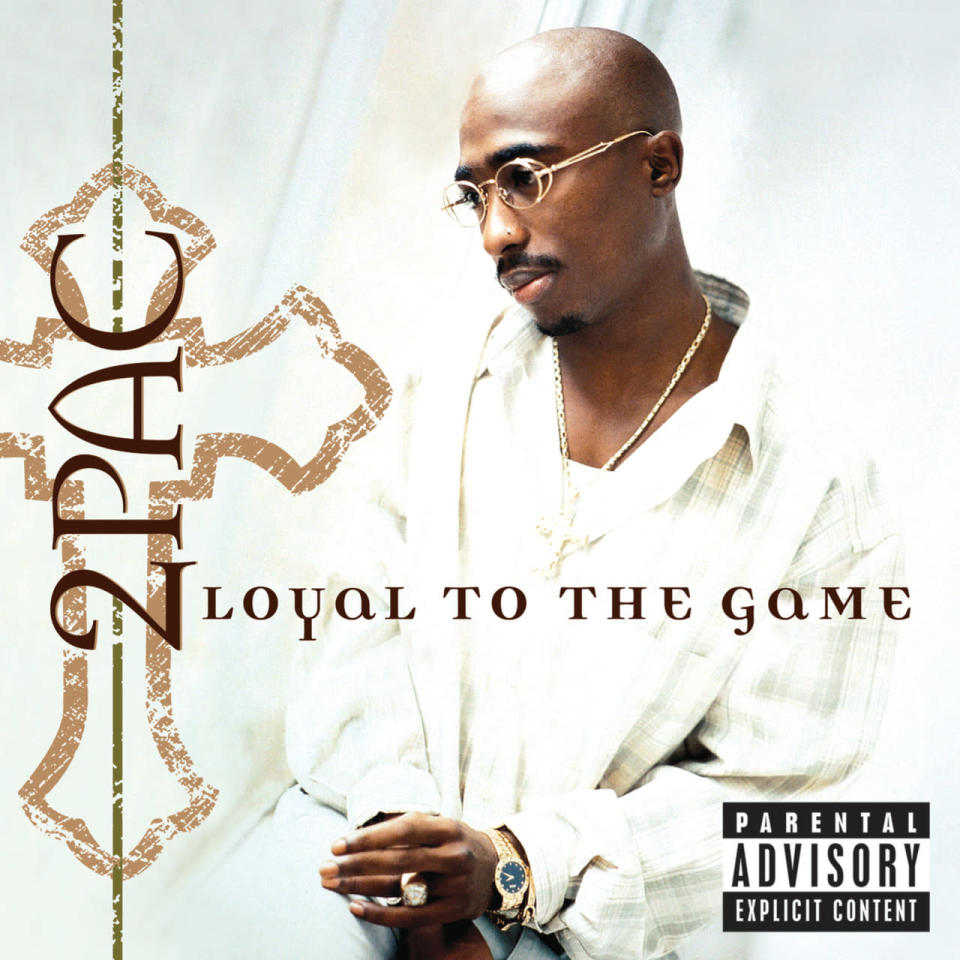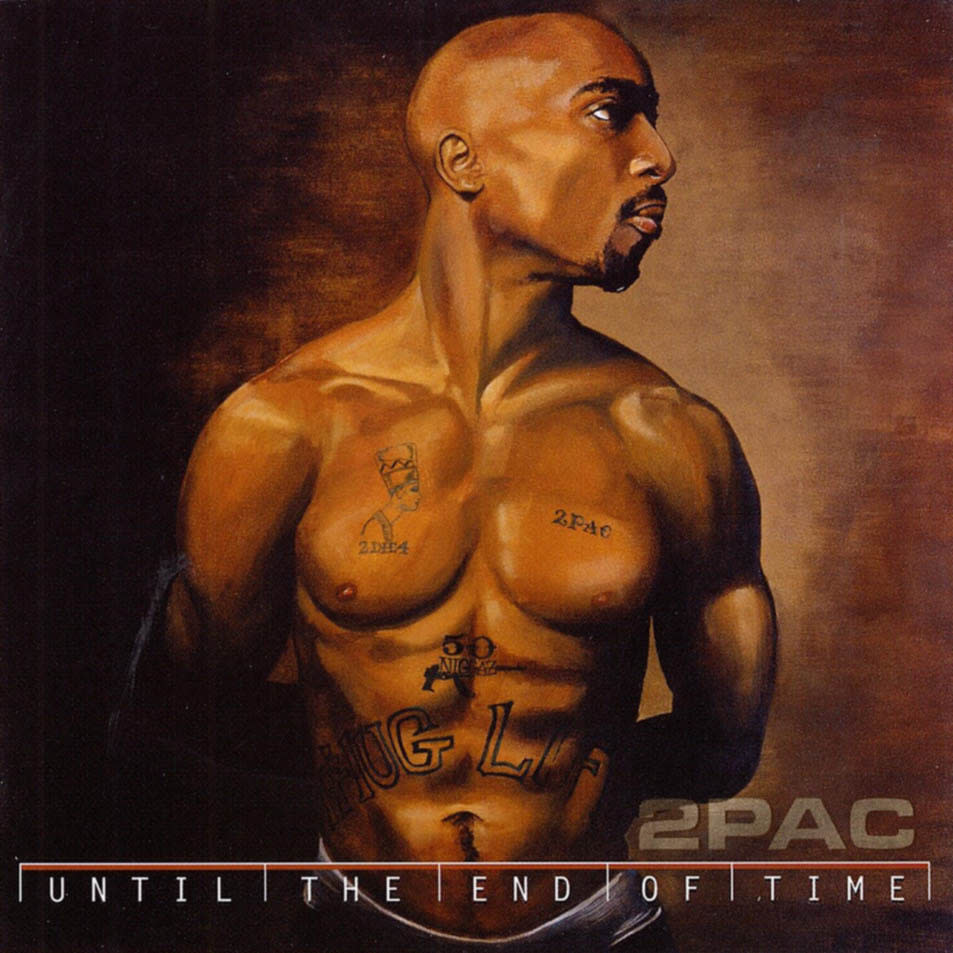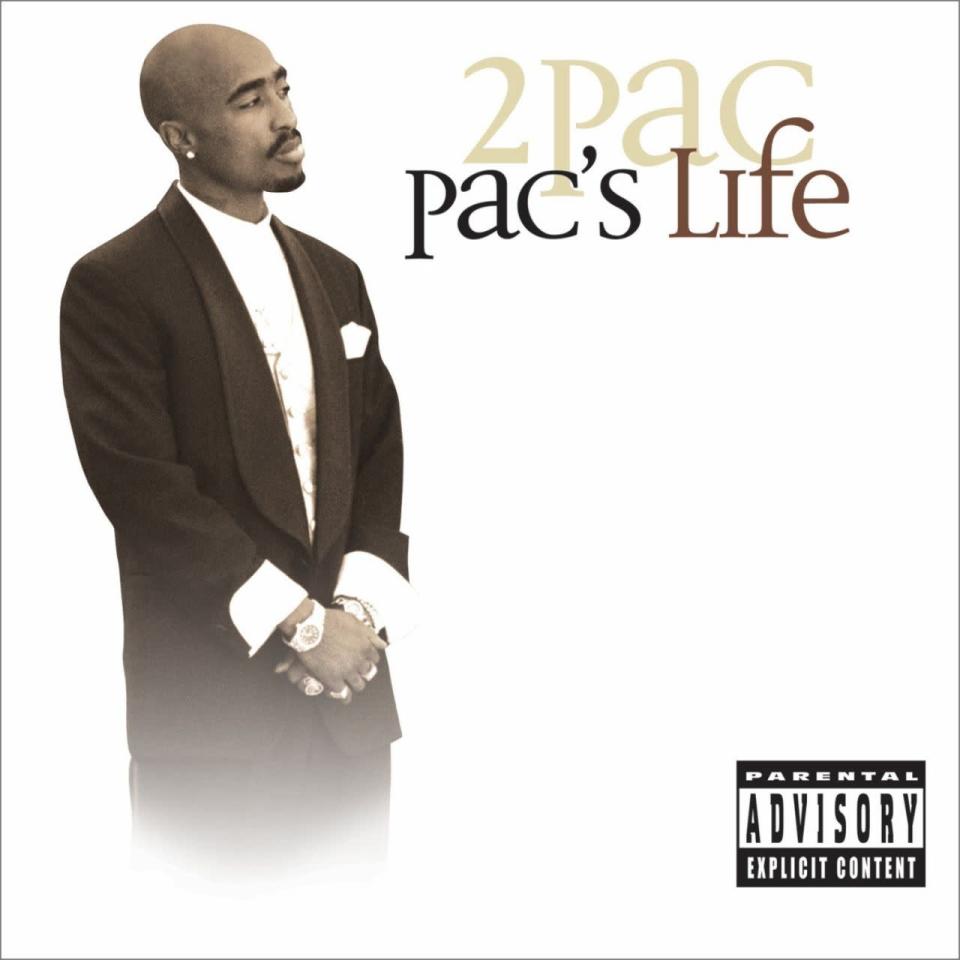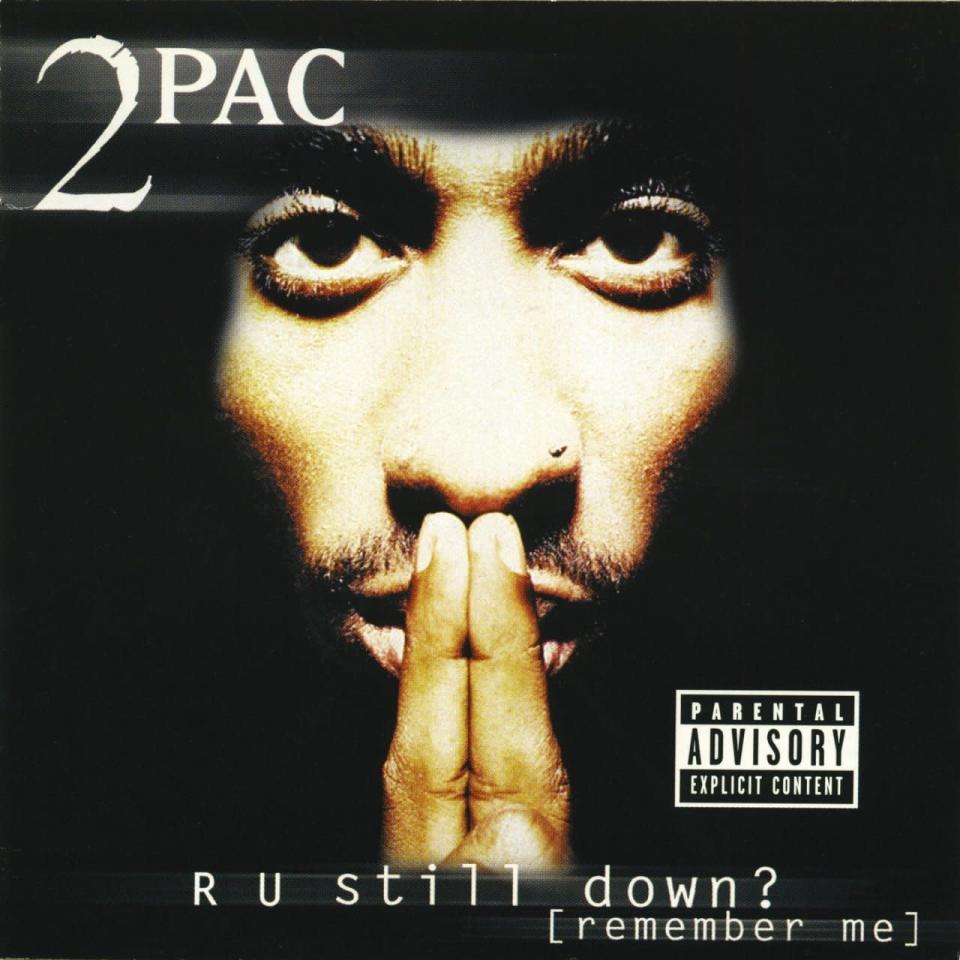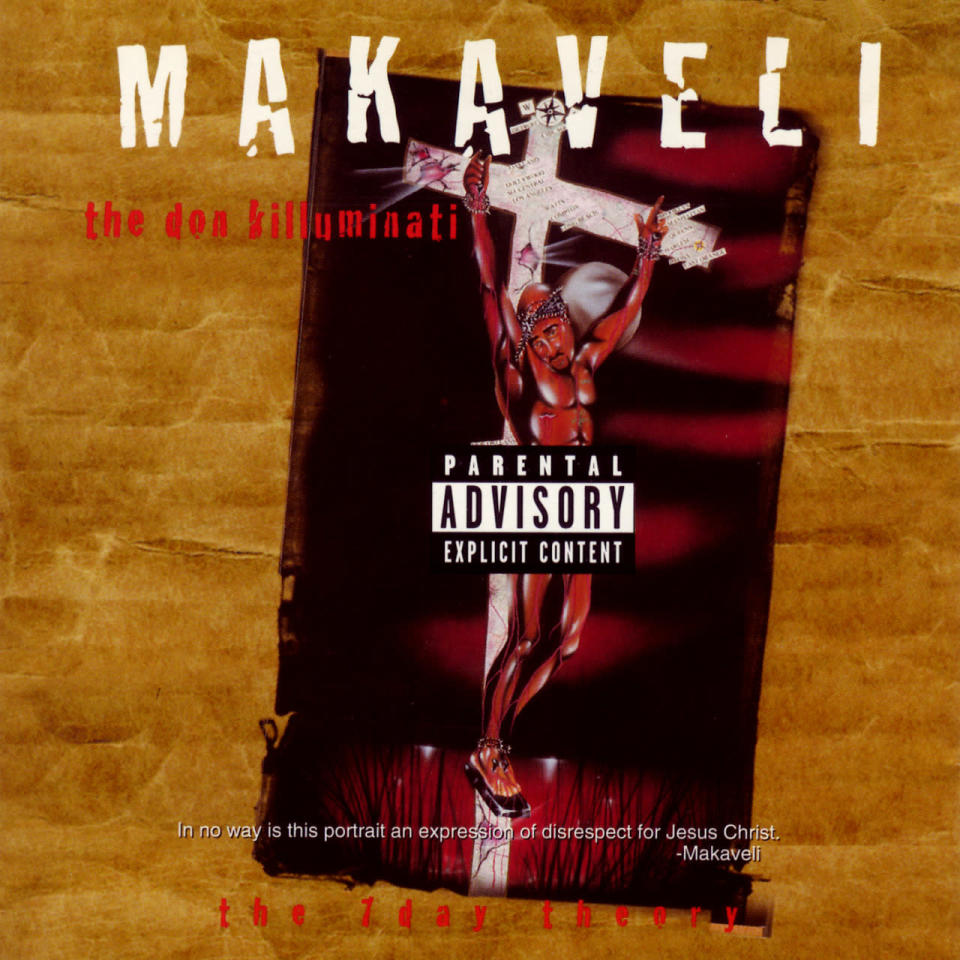Tupac’s 6 Posthumous Studio Albums, Ranked
It’s hard to believe that Tupac Amaru Shakur died 20 years ago, on Sept. 13, 1996, the result of a fatal drive-by shooting six days earlier. Though he was only 25 years old at the time of his death, he managed to make such an impact as a hip-hop artist that his music would live on for decades. Here, we revisit the albums released after Tupac’s passing and rank them from worst to best.
